Description
Molecular Sieves: Tiny Guardians Against Unwanted Oxygen
In various industrial processes, the presence of even trace amounts of oxygen can be detrimental. From preventing oxidation in food packaging to protecting sensitive electronic components, the removal of oxygen is crucial for maintaining product quality and ensuring process efficiency. Enter molecular sieves, a powerful adsorbent material with the ability to selectively capture and remove unwanted oxygen molecules.
What are Molecular Sieves?
Molecular sieves are crystalline aluminosilicates, also known as zeolites, characterized by a highly porous structure with precisely defined pore sizes. Think of them as tiny sponges with an incredibly uniform network of interconnected cavities. These pores act as molecular traps, selectively adsorbing molecules based on their size, shape, and polarity.
How Molecular Sieves Remove Oxygen
The key to oxygen removal lies in the specific design of the molecular sieve’s pore size. By selecting a sieve with pores that preferentially accommodate oxygen molecules, they can be selectively adsorbed while allowing other, larger molecules to pass through. This process is driven by physical adsorption, where oxygen molecules are attracted to the surface of the sieve due to electrostatic forces.
Several types of molecular sieves are commonly used for oxygen removal, including:
- Type 3A: This type is specifically designed for removing water and is often used as a pre-treatment step to enhance the effectiveness of other oxygen-removing sieves. Water molecules can hinder the adsorption of oxygen by occupying the pores.
- Type 4A: While primarily used for water removal as well, Type 4A can also adsorb smaller molecules like oxygen, particularly in less humid environments.
- Type 5A: This is a more versatile sieve that can adsorb a wider range of molecules, including oxygen, nitrogen, and carbon dioxide. It’s often used in pressure swing adsorption (PSA) systems for air separation, where oxygen is selectively removed to produce nitrogen-rich gas.
- Specialized Oxygen-Selective Sieves: Some manufacturers offer molecular sieves specifically designed for oxygen removal. These sieves have been modified to have a higher affinity for oxygen compared to other gases, leading to more efficient adsorption.
Applications of Molecular Sieves for Oxygen Removal
The applications of molecular sieves for oxygen removal are diverse and span various industries:
- Inert Gas Generation: Molecular sieves are widely used in PSA systems to produce high-purity inert gases like nitrogen and argon, which are essential for preventing oxidation in sensitive applications.
- Food Packaging: Modified Atmosphere Packaging (MAP) utilizes molecular sieves to remove oxygen from packaging, extending the shelf life of perishable foods like meat, produce, and snacks.
- Electronics Manufacturing: In the production of semiconductors and other electronic components, oxygen can degrade materials and compromise performance. Molecular sieves are used to create inert environments, protecting these sensitive components during manufacturing.
- Pharmaceuticals: Many pharmaceuticals are sensitive to oxygen and require an inert atmosphere during production and storage. Molecular sieves play a vital role in maintaining the integrity and efficacy of these drugs.
- Cryogenic Air Separation: Molecular sieves are employed as pretreatment agents in cryogenic air separation plants, removing contaminants like water and carbon dioxide to ensure efficient and high-purity oxygen and nitrogen production.
Advantages of Using Molecular Sieves
Compared to other oxygen removal methods, molecular sieves offer several key advantages:
- High Selectivity: They can selectively remove oxygen even in the presence of other gases.
- High Capacity: They can adsorb significant amounts of oxygen before needing regeneration.
- Regeneration Capability: Molecular sieves can be regenerated by heating or purging them, allowing for repeated use and cost-effectiveness.
- Robustness: They are generally robust and can withstand various operating conditions.
- Environmentally Friendly: They operate without the use of harsh chemicals, making them a more environmentally friendly option.
Conclusion
Molecular sieves have become indispensable in various industries due to their remarkable ability to selectively remove oxygen. Their precisely engineered pore structures, coupled with their regenerable nature, make them a cost-effective and environmentally sound solution for creating inert environments and protecting sensitive materials from oxidation. As technological advancements continue to demand increasingly pure and controlled environments, the importance of molecular sieves in oxygen removal will only continue to grow.
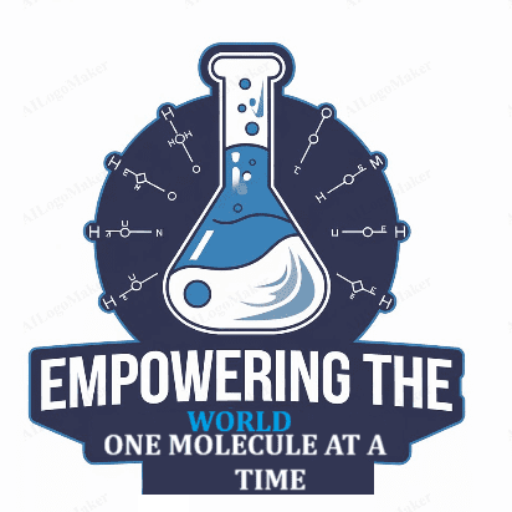
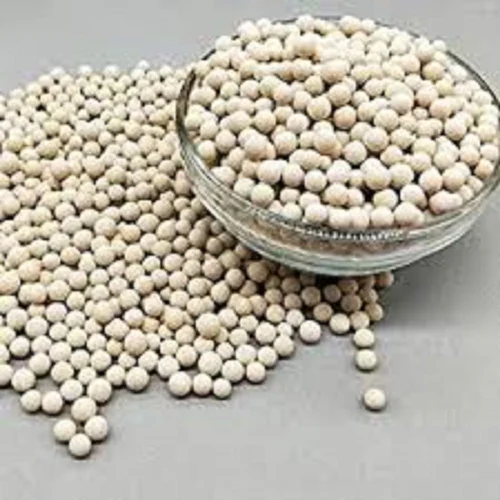
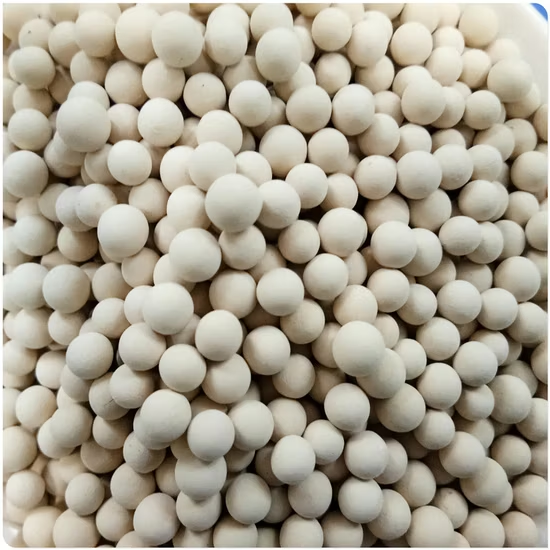
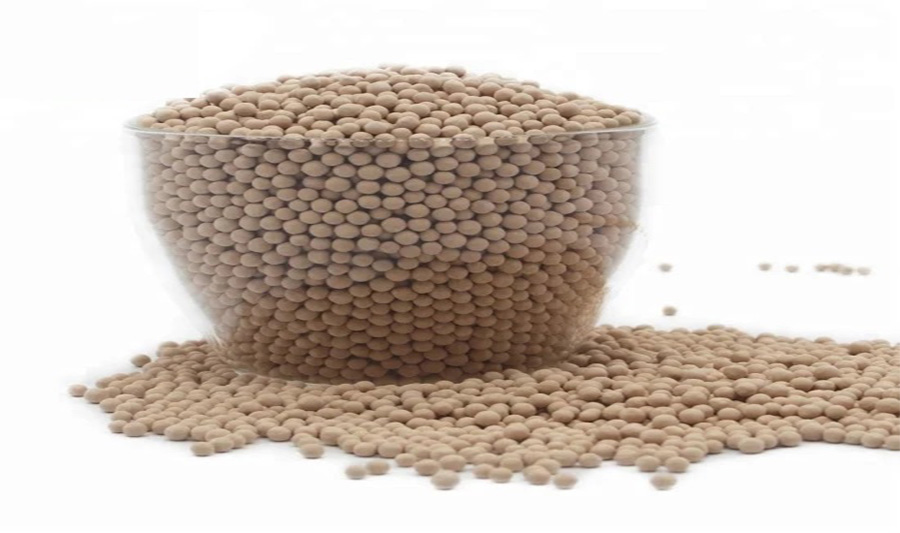
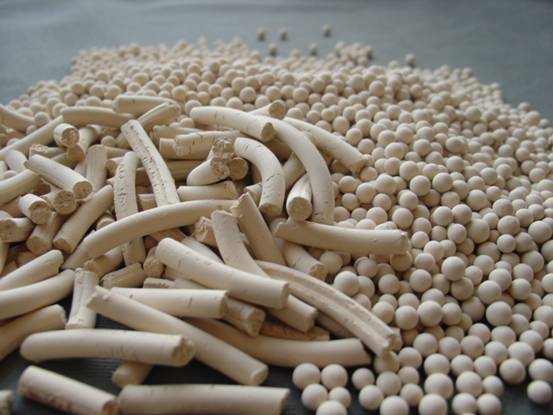
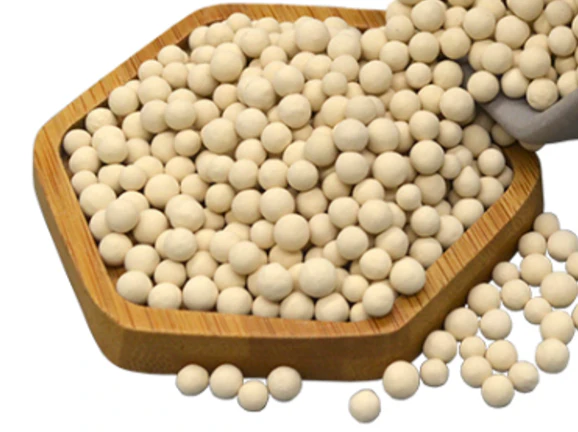
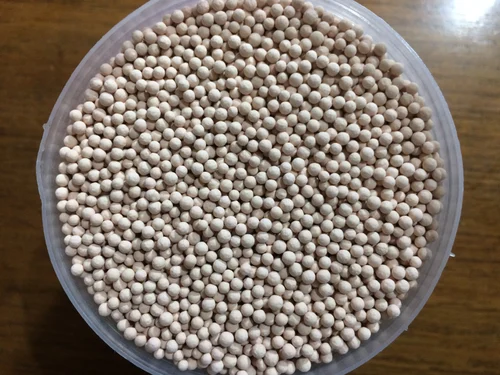
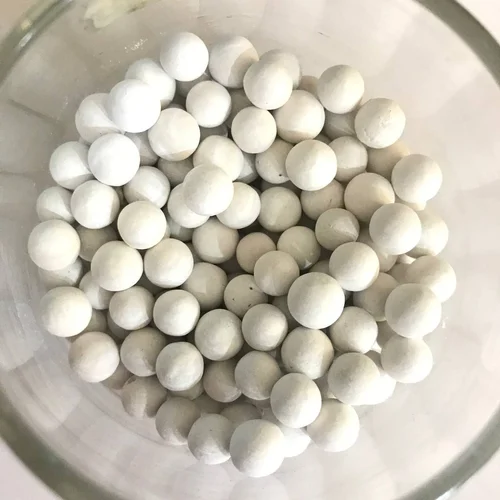

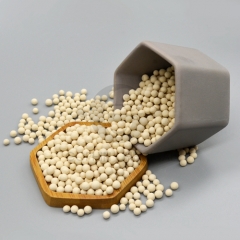


Reviews
There are no reviews yet.